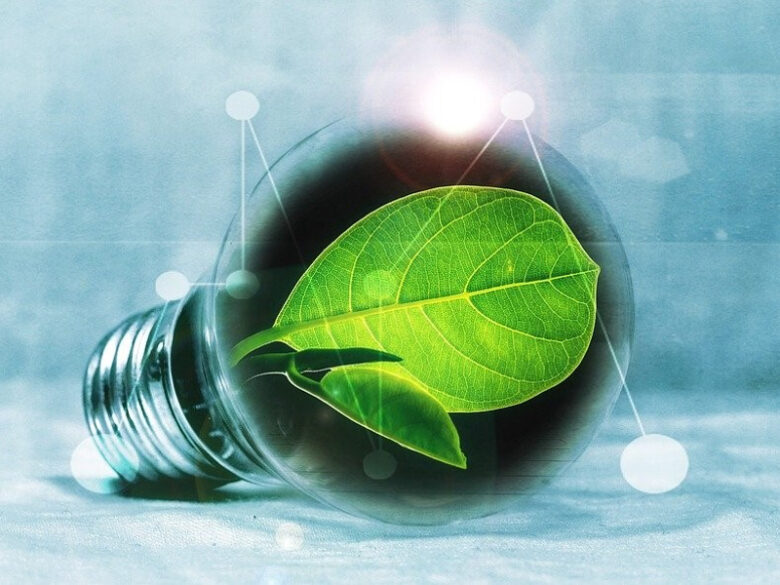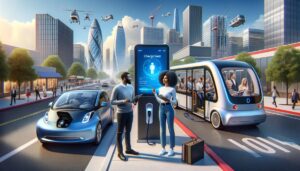Clean technologies, also known as cleantech, are rapidly developing to address some of the world’s most pressing environmental issues. Central to these developments are reducing pollution, conserving resources, and developing sustainable solutions for many other areas. From waste management to transportation and energy production, new clean technologies are transforming the future into a greener one. Understanding these developments helps governments, businesses, and individuals make informed decisions that support sustainable development and reduce their impact on the environment.
Modern Solar Energy Solutions
Solar energy remains one of the most promising clean technologies; recent developments have made it more affordable and efficient than ever before. Emerging technologies such as perovskite solar cells have higher energy conversion rates than traditional silicon cells. These new materials, which are lightweight, flexible, and cheaper to produce, could revolutionize the way solar panels are manufactured. In addition, bifacial solar panels and solar tracking systems have increased energy yields. These developments have contributed to the global adoption of solar energy, making renewable energy accessible to more people.
Modern Wind Turbines
There has also been significant progress in developing larger, more efficient turbines based on wind technology. Emerging clean technologies in this area include offshore wind farms with floating turbines that can be placed in deeper water to capture stronger, more stable winds. Modern blade designs and materials reduce wear and improve the efficiency of energy harvesting. In addition, predictive maintenance, enhanced by sensors and artificial intelligence, can extend the life of turbines and reduce downtime. These developments make wind energy a stable and scalable renewable energy source, reducing dependence on fossil fuels.
Innovation in Energy Storage Solutions
The success of renewable energy depends on energy storage, which can balance supply and demand when energy sources such as solar and wind are unstable. Solid-state batteries are one of the new clean technologies in energy storage; compared to traditional lithium-ion batteries, they are safer, have a higher energy density, and have a longer lifespan. Large-scale energy storage systems, including flow batteries, allow utilities to effectively store renewable energy for later use. In addition, the development of fuel cells and hydrogen storage technologies offers environmentally friendly ways to store and convert energy, creating new opportunities for grid stability and transportation.
A Clean Alternative to Fuel: Hydrogen
Hydrogen fuel cells are gaining traction as a flexible, carbon-free, clean fuel. Emerging clean technologies focus on producing “green hydrogen” using electrolysis, powered by renewable energy, avoiding the emissions of traditional hydrogen production technologies. Hydrogen fills a niche in heavy-duty transportation, industry, and energy storage where electricity alone is not sufficient. Innovations in electrolyzer efficiency and hydrogen delivery infrastructure are key factors in making hydrogen a universal clean energy alternative.
Innovation in Electric and Autonomous Vehicles
Emerging clean technologies are expanding the possibilities for electric vehicles (EVs), which have become a key pillar of clean mobility. Advances in battery technology, which enable longer ranges and faster charging times, are making EVs increasingly practical for everyday use. The combination of electricity and autonomous driving technology looks set to help reduce congestion, pollutant emissions, and accidents. In addition, improvements in lightweight materials and vehicle construction are also improving energy efficiency. These developments are promoting sustainable urban transportation and accelerating the transition from fossil fuels to clean energy.
Smart Grids and Digital Energy Management
Integrating renewable energy into the grid requires better infrastructure. Smart grids, which use sensors, automation, and data analytics to manage energy flows more efficiently and continuously, are emerging clean technologies. These grids include demand response, real-time monitoring, and integration of distributed energy resources, including home batteries and rooftop solar panels. Digital energy management platforms enable users to maximize their energy consumption, reduce costs, and participate in grid operations. Flexible, resilient, and sustainable energy systems depend critically on smart grids.
Waste-to-energy and Circular Economy Technologies
Clean technologies are also revolutionizing waste management through waste value conversion. Emerging waste-to-energy systems minimize the fuel or electricity emissions from non-recyclable waste. Advances in anaerobic digestion and gasification processes are improving their efficiency and environmental performance. In addition, technologies that support the circular economy encourage the recovery, recycling, and reuse of materials, thereby reducing waste generation. By using digital platforms and artificial intelligence to track materials throughout their lifecycle, better resource management and reduced environmental impact can be achieved.
Water Conservation Technologies and Water Purification
Access to clean water is a global challenge that clean technology development is working to address. Emerging water purification technologies, such as advanced membranes, UV treatments, and nanotechnology, offer more cost-effective ways to remove pollution. By optimizing water use in agriculture, smart irrigation systems and water monitoring sensors help minimize waste and protect this precious resource. In addition to improving water quality and availability, these technologies also contribute to the sustainability of businesses and communities.
Innovations in Carbon Capture and Utilization
Reducing carbon emissions is crucial to mitigating climate change, but absorbing carbon dioxide from the atmosphere or industrial production is equally important. Emerging clean carbon capture technologies capture carbon dioxide before it enters the atmosphere using chemical, physical, and biological methods. Innovations also focus on carbon utilization, converting captured carbon dioxide into building materials, chemicals, fuels, and other products. These technologies offer promising ways to reduce emissions and create value from waste carbon, helping to build a circular carbon economy.
Conclusion
Emerging clean technologies are transforming the way we manage resources, produce energy, and protect the environment. From smart grids to enhanced solar and wind power, hydrogen fuels, and carbon capture, these developments offer viable solutions to reduce emissions and advance sustainable development. Governments, businesses, and individuals committed to limiting global warming and protecting natural resources are relying on them to embrace and support these innovations. As clean technology advances, it will play an increasingly important role in creating a better, healthier, and more sustainable future for everyone.
FAQs
1. How does a smart grid improve energy systems?
Smart grids use digital technology to track and control the flow of electricity, improving reliability, efficiency, and the integration of renewable energy.
2. Can carbon capture help stop global warming?
In fact, carbon capture systems help reduce greenhouse gas emissions by capturing carbon dioxide emissions from the atmosphere or industrial sources.
3. Do electric cars really pollute less than gasoline cars?
Electric cars are cleaner over their lifetime than fossil fuel cars because they don’t emit exhaust fumes and can use renewable energy.
4. How does waste-to-energy technology work?
Through combustion, gasification, or anaerobic digestion, these technologies convert non-recyclable waste into fuel or electricity.
5. How can technology help save water?
Modern purification and smart irrigation technologies can improve water supply and use resources more efficiently.




